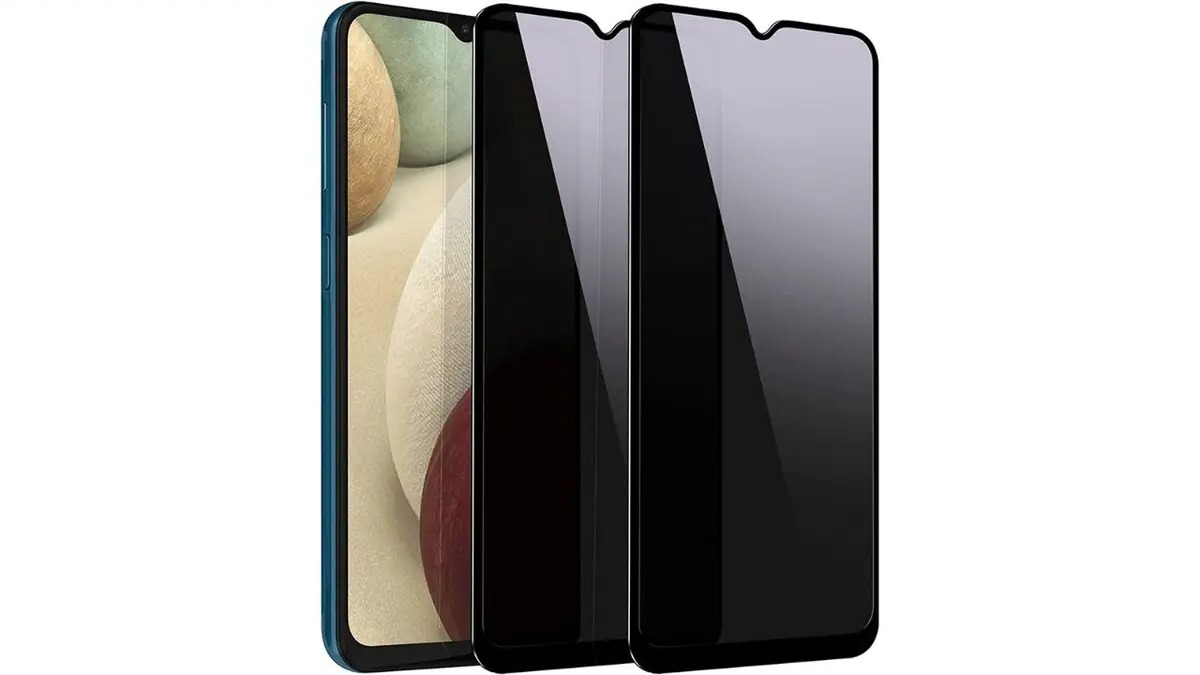
Introduction to Privacy Screen on Android
In today's digital age, privacy is a top concern for many users. With the increasing use of handheld devices, it's essential to have robust privacy features to protect personal data. Android, being one of the most popular operating systems, offers several built-in features to enhance your device's security and privacy. One such feature is the Privacy Screen, which helps protect your screen from prying eyes.
Key Takeaways
- Built-in Privacy Features: Android offers several built-in features that can help enhance your device's security and privacy.
- Third-Party Apps: There are also third-party apps available that can provide additional privacy features.
- Customization Options: You can customize your device's settings to better suit your needs.
Enabling Privacy Screen on Android
Enabling the Privacy Screen feature on your Android device is relatively straightforward. Here’s a step-by-step guide:
Check Your Device Compatibility
Not all Android devices support the Privacy Screen feature. You need to check if your device model supports this feature. Most recent high-end devices from major manufacturers like Samsung, Google, and OnePlus do support it.
Access Settings
- Open the Settings app on your Android device.
- Scroll down and look for the "Display" or "Screen" section. The exact name might vary depending on your device.
Find Privacy Screen Option
- Within the Display or Screen section, look for an option related to "Privacy Screen" or "Screen Protection."
- If you can't find it directly, you might need to search for it using the search bar at the top of the Settings app.
Enable Privacy Screen
- Once you find the Privacy Screen option, toggle it on. This will activate the feature, and you should see a notification confirming that it's enabled.
Customize Settings (Optional)
- Some devices allow you to customize the settings further. For example, you might be able to adjust the duration for which the screen remains active after you wake up your device or set specific times when the feature is enabled.
Benefits of Using Privacy Screen
Using the Privacy Screen feature on your Android device offers several benefits:
Enhanced Security
The most obvious benefit is enhanced security against unauthorized viewing of your screen. This is particularly useful in public places where others might be able to glance at your screen.
Peace of Mind
Knowing that your screen is protected can give you peace of mind, especially when you're handling sensitive information or making private calls.
Compliance with Regulations
In some industries, such as finance or healthcare, there are strict regulations regarding data privacy. Using a Privacy Screen can help ensure compliance with these regulations.
Additional Layer of Protection
While it's not a replacement for other security measures like passwords or biometric authentication, it adds an extra layer of protection against accidental or intentional screen viewing.
Additional Tips for Maintaining Device Security
While enabling the Privacy Screen is an excellent step towards securing your device, there are many other tips you can follow to maintain overall device security:
Use Strong Passwords
Always use strong passwords and consider enabling two-factor authentication (2FA) whenever possible.
Keep Software Updated
Regularly update your operating system and apps to ensure you have the latest security patches.
Be Cautious with Apps
Only download apps from trusted sources like Google Play Store. Be wary of apps that request unnecessary permissions.
Use Encryption
Enable full-disk encryption on your device to protect your data in case your device is lost or stolen.
Use a VPN
Consider using a Virtual Private Network (VPN) when accessing public Wi-Fi networks to encrypt your internet traffic.
Regularly Back Up Data
Regularly back up important data to prevent loss in case something goes wrong with your device.
Monitor Device Activity
Keep an eye on your device's activity logs to detect any suspicious behavior.
Use Biometric Authentication
If available, use biometric authentication methods like fingerprint or facial recognition for added security.
Avoid Public Charging Stations
Avoid using public charging stations as they might be compromised with malware or other malicious software.
Use Secure Messaging Apps
Use secure messaging apps that offer end-to-end encryption to protect your communications.
Third-Party Apps for Enhanced Privacy
While built-in features are essential, there are also third-party apps available that can provide additional layers of privacy protection:
App Lockers
Apps like AppLock can lock specific apps with passwords or patterns, ensuring that only authorized users can access them.
Privacy Managers
Apps like Privacy Manager help you manage app permissions and track which apps have access to sensitive information.
Screen Protectors
Some screen protectors come with built-in privacy features such as anti-glare coatings or specialized films that can obscure the screen when not in use.
Encryption Tools
Tools like Signal offer end-to-end encryption for messaging and calls, ensuring that even if your device is compromised, your communications remain secure.
Antivirus Software
Antivirus software like Avast or Kaspersky can help protect your device from malware and other threats that could compromise your privacy.
Maintaining device security is an ongoing process that requires constant vigilance and adaptation to new threats. By staying informed about available features and tools, you can ensure that your handheld device remains a secure and reliable tool for your daily needs.
